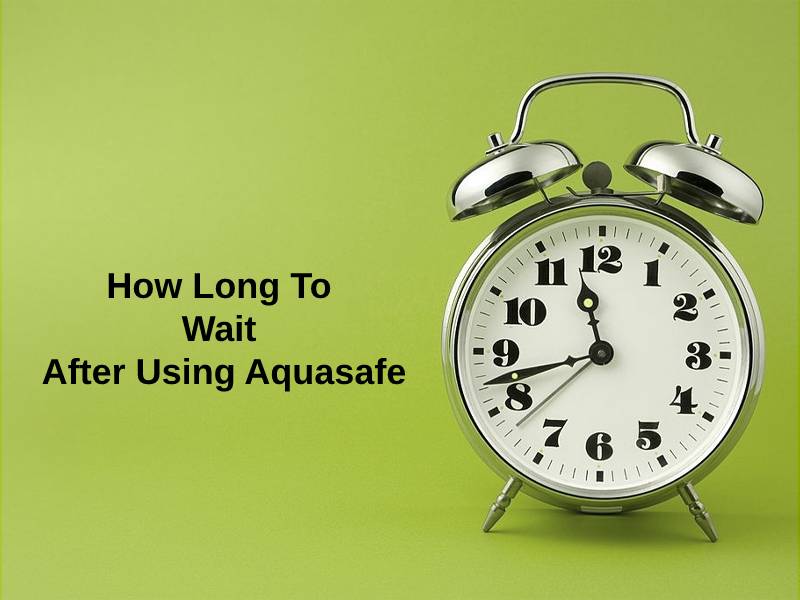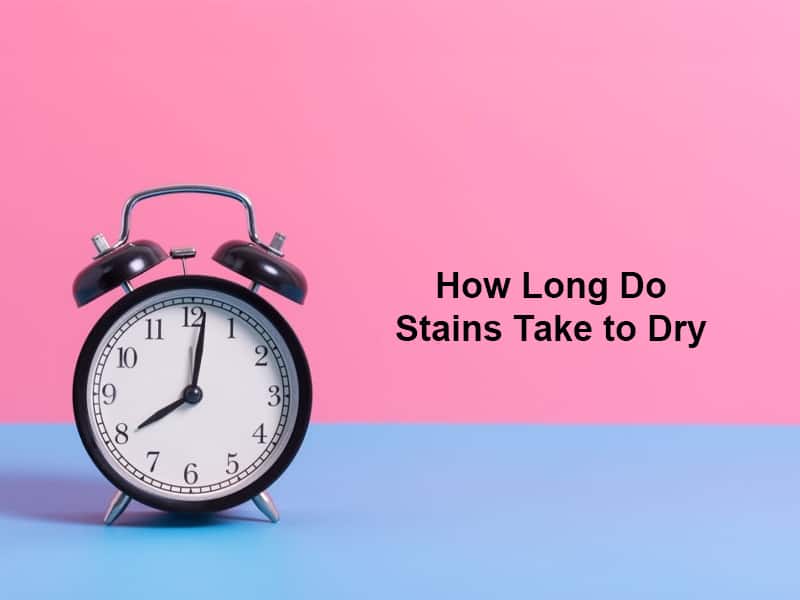Exact Answer: 24 to 72 hours
Avid fish lovers are conspicuously aware of the need to maintain a well-furnished and well-kept aquarium. It is important to check the aquarium regularly to detect any possible leaks or compromised seals. When new leaks start developing inside an aquarium or old seals begin to wear off, resealing them becomes essential.
This is done by using a silicone sealant. There are some other important tools needed to seal an aquarium including acetone, and razors or sharp tools to scrape off the old sealant. The sealant selected to fix the leaks must be waterproof and non-toxic so that it does not affect the health of the marine life living in the aquarium.

How Long To Wait After Sealing Aquarium?
Sealing an aquarium is a task that can test the patience of an individual. When a silicone sealant is used to fix leaks in an aquarium, one must be ready to wait for a stipulated time frame for the sealant to dry and the fish to be restored in the aquarium environment. If this waiting period is not diligently followed, it can affect the health of the fish as well as reopen the leak.
When understanding how a sealant dries, it is important to know that there are three different levels included in the drying process. The sealant will start to ‘feel’ dry within the first few hours of its application. Although the sealant layer is set with the first 24 to 72 hours after its application, it dries out completely only after a week. If you wish to wait for the sealant to completely dry out, you may need to wait for 4 to 7 days.
Similarly, you can use certain catalysts to hasten the process of drying. Using blow dryers or a heat lamp can accelerate the drying phase. In such cases, it is possible to dry the sealant within 48 hours of its application.
If the work done on the aquarium is minor, it is not necessary to wait for 4 to 7 days. The small proportions of sealants will optimally dry within 2 days. Moreover, different sealant companies specify different timeframes of waiting. The best way to approach this process is to stick to the guidelines specified on the product itself.
In the long run, the sealant will only completely lose moisture and dry thoroughly after a week. However, it is possible to use the aquarium after the first 3 days. This implies that the marine life can be re-transferred into the aquarium after this minimal waiting period is over.

In Summary:
| Drying Speed of The Sealant | Waiting Time |
| Hastened Drying (By Using Blow Dryers) | 24-48 hours |
| Normal Drying (Set Sealant) | up to 72 hours |
| Complete Drying | 4 to 7 days |
Why Do You Have To Wait This Long After Sealing Aquarium?
Silicone sealants take time to dry. If the sealant comes in contact with water before it can completely dry, the sealant bonds will become weaker and in turn, take longer to dry. The efficacy of the product will inevitably be lowered in such cases. You can expect the sealant to scrap off and open up the leak within a few weeks.
Once the chalk in the sealant gets wet before it can dry, its integrity and effectiveness are compromised. Moreover, this can cause the growth of moss and molds in the sealant bonds, which can be detrimental to the health of the marine life stored inside the aquarium.
In a hot and dry environment, the process of drying is accelerated. Thus, the sealant can dry properly within a day or two of its application. However, if the weather is humid and heats deficient, it will take the sealant longer to dry.

Blow dryers and heat lamps evaporate the moisture from the sealant faster due to the concentrated nature of the heat they provide. This aids in reducing the time needed to ‘naturally’ dry. However, this process of drying has a caveat too. Direct heat is not recommended for sealants. If you happen to use a heat lamp, keep it at a conducive distance from the sealant for best results.
The vinegar smell test is the most commonly used test to determine if the sealant has dried. Since a silicone sealant releases acetic acid when it starts drying, when this smell stops, it is prudent to assume that the sealant has dried optimally.
Conclusion
Aquariums serve as a wonderful medium to appreciate marine life. They help add both aesthetic value and a conservative spirit to a room. However, there are leaks along the walls of the aquarium that can cause severe damage to the fish inside. It is important to swiftly detect the leaks and fix them.
Silicone sealants are used to fulfill this objective. The sealant is left untouched for at least 24 to 72 hours after its application. Usually, the formula optimally dries within this time period and the marine life of the aquarium can be restored. However, it takes the sealant about a week to completely dry out and form a strong bond with the aquarium walls.



























The article emphasizes the importance of allowing sufficient time for the sealant to dry. This is valuable information for aquarium enthusiasts.
This article provides a well-explained guide on the drying period for sealants. It’s quite enlightening.
I couldn’t agree more, Dale75. It’s crucial to follow the recommended drying time for the safety of the fish.
The mention of using blow dryers and heat lamps to accelerate the drying process was quite surprising. I appreciate the unique insights provided in this article.
I share the same sentiment, Qbaker. The article presents practical information that is beneficial for anyone maintaining an aquarium.
The part about using the vinegar smell test as an indicator of the sealant’s dryness was an interesting insight. Great article!
I agree, Lola09. The vinegar smell test is a practical way to gauge the drying process.
There’s no need to wait 4-7 days for the sealant to dry. According to this article, it’s possible to use the aquarium after just 3 days. That’s good news!
While the article provides valuable information, the waiting time for the sealant to dry seems quite long. Are there any other alternative methods to speed up the process?
I understand your concern, Jrogers. However, it’s essential to prioritize the effectiveness of the sealant for the safety of the aquarium.
The article effectively explains the influence of environmental conditions on the drying of sealants. This is crucial information for aquarium maintenance.
Indeed, Gparker. Understanding the impact of environmental factors on the drying process is essential for aquarium owners.
This is the most informative article on sealing aquariums I’ve come across. I appreciate the thoroughness of the information provided here.
I agree, Zoe55. The detailed explanation on how long it takes for the sealant to dry was particularly helpful in understanding the process.
The comprehensive explanation of the drying process and the factors that influence it was enlightening. It’s evident that patience is key when it comes to sealing aquariums.
I concur, Mia Miller. The emphasis on patience and caution in the drying process is commendable.
Absolutely, Mia Miller. This article provides clarity on the importance of allowing adequate drying time for the sealant.
While the information provided here is useful, I disagree with the claim that using heat lamps or blow dryers to speed up the drying process can be beneficial. Direct heat can damage the sealant.
I found the cautionary note about using blow dryers and heat lamps quite interesting. It’s a valid point to consider.
I agree with you, Paula. It’s important to be cautious when hastening the drying process using heat sources.
Waiting for 4-7 days for the sealant to dry seems like a long time, but I understand the importance of ensuring that it’s completely dry before using the aquarium again.
I share the same view, Oliver62. It’s better to be patient than risk damaging the aquarium due to impatience.
I agree, it’s better to err on the side of caution when it comes to the well-being of the marine life in the aquarium.